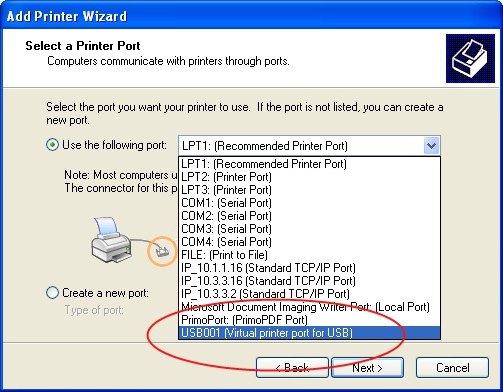

- #PARALLELS CLIENT PRINTER NOT LISTED INSTALL#
- #PARALLELS CLIENT PRINTER NOT LISTED DRIVERS#
- #PARALLELS CLIENT PRINTER NOT LISTED DRIVER#
Allow redirection of printers using any driver|: (default) This option places no limitation on the type of driver a printer is using to use redirection privileges. In the Mode drop-down list, select which printers should be allowed redirection from the following options:. #PARALLELS CLIENT PRINTER NOT LISTED DRIVERS#
To specify printer drivers in the Drivers section: It is very important that the administrator has the ability to include such drivers to the "deny" list to continue running printing services.

There are some printers that might create server instability (spooler service component) and as the result deny printing services as a whole for all connected users. Avoid server instability with certain printers.

It's mostly related to various paperless printers like PDFCreator, Microsoft XPS Writer, or various FAX devices. Since the majority of users choose to redirect all local printers (this is default setting), a large number of redirected devices is created on the server which are not really used.
Avoid server resource overloading by non-useful printer redirection. To do so, set the Printer retention option to Enable printer retention optimization.Ī system administrator can control the list of client-side printer drivers which should be allowed or denied the Universal Printing redirection privileges. To improve user experience, you can reuse previously created user's printers. When client-defined printers are redirected to a remote session, it takes time and impacts overall session establishing time. Note: Redirected printers are only accessible by the administrator and the user who redirected the printer. You can specify a different printer renaming pattern for each server in the Servers in Site list. Using the above pattern (and the user named Alice from the earlier example), a local printer will be named Client/Alice's Computer#/Printer1 For example, you can define the following commonly used pattern: You can also use some other characters in a printer renaming pattern. - This is a legacy mode where only one printer object will be created in the RDP session. %USERNAME% - the name of the user connected to RAS. %PRINTERNAME% - the name of a printer on the client side. %CLIENTNAME% - the name of the client computer. To see the predefined variables that you can use, click the Add variable button. You can change the default printer renaming pattern by specifying a new pattern in the Printer rename pattern field. When Alice launches a remote application or desktop, her printer is named Printer1 for Alice by Parallels. For example, let's say a user named Alice has a local printer named Printer1. To configure Universal Printing, navigate to Site Settings > Universal Printing.īy default, Parallels RAS renames printers using the following pattern: %PRINTERNAME% for %USERNAME% by Parallels. #PARALLELS CLIENT PRINTER NOT LISTED INSTALL#
Therefore, a user can print regardless of which printer they have installed locally, and the RAS administrator doesn't have to install a printer driver for each printer connected to the local network. RAS Universal Printing simplifies the printing process and solves most printer driver issues by eliminating the need for a remote server to have a printer driver for a specific local printer on the client side. Printer redirection enables users to redirect a print job from a remote application or desktop to their local printer, which can be connected to the user's computer or be a local network printer attached via an IP address.






 0 kommentar(er)
0 kommentar(er)
